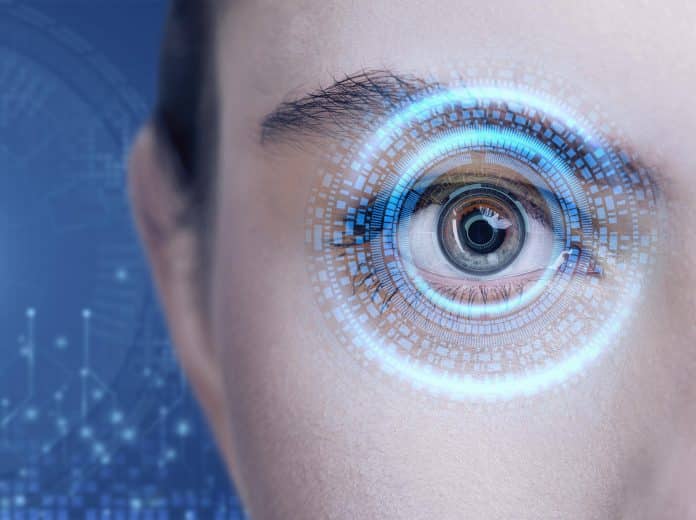Regular eye exams help identify problems early, best chance of preserving good vision.
Our peepers may well be the window to the soul, but they can also give us a unique look into our health. Eye diseases have few early symptoms and can go unnoticed for a long time. Only your eye doctor will know for sure if you have a vision problem, and that’s why regular eye exams are so vital.
In an eye exam, a doctor can get a clear view of your blood vessels, nerves, and connecting tissues — and with new technologies constantly being developed, doctors will be able to get a better look into the eyes and catch diseases earlier.
Most vision problems are age-related, so it makes sense to be proactive from an early age to promote lifelong healthy eyes. Our eyes, like the rest of the body, need vital nutrients and continual care to function properly, so lifestyle choices have a huge impact on how we can slow down those age-related changes to our eyes.
Consuming foods rich in carotenoids —a form of Vitamin A — can reduce your risk of developing certain eye ailments. Carotenoids are generally found in fruits and vegetables that are red, orange, or yellow, such as carrots, pumpkin, butternut squash, and bell peppers. Dark leafy greens, such as spinach and kale, are also good sources.
And with all the time we spend staring at electronic screens these days, eye health is of even more concern. Overexposure to blue light damages the eye and can contribute to age-related macular degeneration (AMD), which is a leading cause of blindness.
Regular visual acuity tests will detect how well you see at various distances. Looking at an eye chart about 20 feet away, you’ll read aloud the smallest letters you see, first with one eye covered, then the other. The results can help assess disease progression or response to treatment and may reveal a need for low-vision aids.
Your eyes will then be dilated by placing drops in each eye to widen the pupil allowing more light to enter the eye. A magnifying lens will be used to examine the tissues at the back of the eye, including the retina (light-sensitive tissue), the macula (the central region of the retina required for straight-ahead vision), and the optic nerve. Damage to these areas may be a sign of diabetic retinopathy, glaucoma, or age-related macular degeneration.
It’s advisable to have yearly comprehensive dilated eye exams starting at age 60, earlier if you are experiencing problems, and the most thorough way to detect eye diseases early.
Eye examinations for children are also vital to make sure that any visual problems such as squint, lazy eye (amblyopia), or short-sightedness (myopia) are detected and treated early. Children’s eyes should be checked by an eye doctor or pediatrician. The U.S. Preventative Services Task recommends vision screening for all children at least once between ages three and five years to detect any vision risk factors.
Early treatment is critically important to prevent some of the common eye diseases from causing permanent vision loss or blindness:
Cataracts (clouding of the lens), the leading cause of vision loss in the United States
Diabetic retinopathy (causes damage to blood vessels in the back of the eye) the leading cause of blindness in American adults
Glaucoma (a group of diseases that damages the optic nerve)
Age-related macular degeneration (gradual breakdown of light-sensitive tissue in the eye)
Vision impairment can affect your quality of life, independence, and mobility. It has been linked to falls, injury, mental health, cognition, social function, employment, and poor educational attainment. Loss of vision has also been linked to loneliness, social isolation, and feelings of worry, anxiety, and fear.
If you are experiencing any sort of eye issues, that’s a good indication that you should visit an optometrist soon.
Nine ways to help protect your vision
Get regular comprehensive dilated eye exams.
Know your family’s eye health history. It’s important to know if anyone has been diagnosed with an eye disease or condition since some are hereditary.
Eat right to protect your sight: In particular, eat plenty of dark leafy greens such as spinach, kale, or collard greens, and fish that is high in omega-3 fatty acids such as salmon, albacore tuna, trout, and halibut.
Maintain a healthy weight.
Wear protective eyewear when playing sports or doing yard work or home repairs.
Quit smoking.
Wear sunglasses that block 99 percent-100 percent of ultraviolet A (UVA) and ultraviolet B (UVB) radiation.
Wash your hands before taking out your contact lens and cleanse your contact lenses properly to avoid infection.
Practice workplace eye safety.
Source: Centers for Disease Control and Prevention

